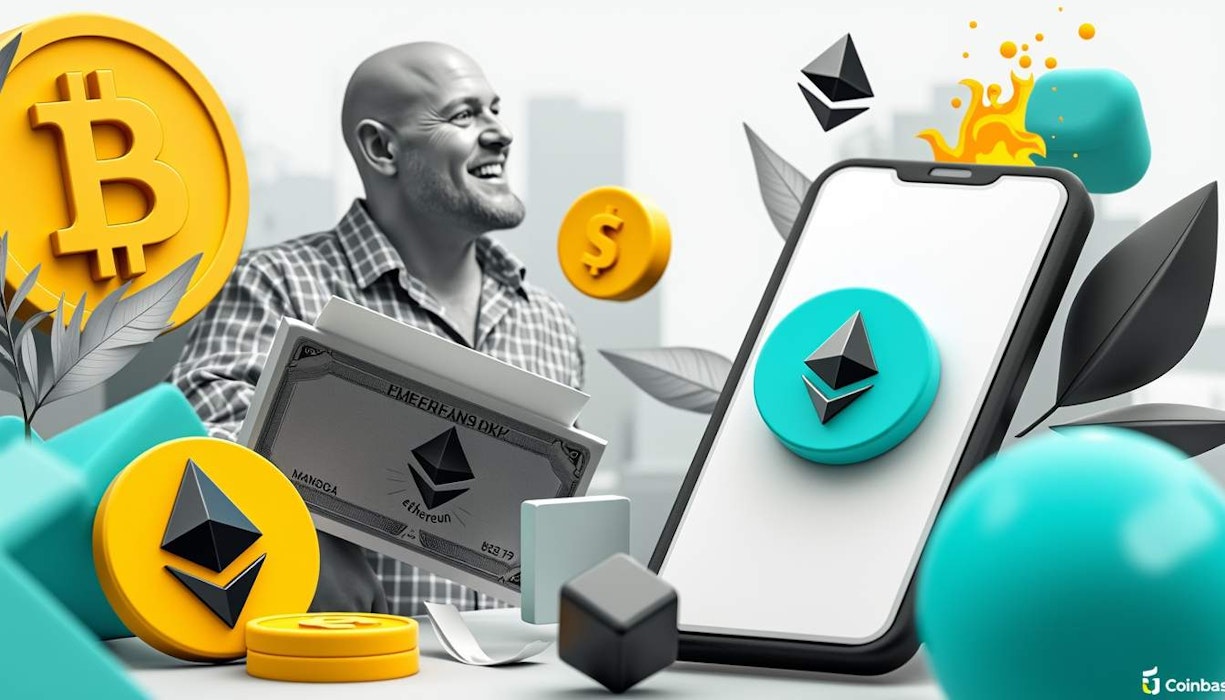What is Coinbase's Current Token Listing Process?
Coinbase, well known as the largest crypto exchange in the U.S., has a token listing process that's pretty elaborate. Initially, a crypto project submits a review request, detailing everything from the token's purpose to the team behind it. The Coinbase team then does an initial check to see if the token meets its criteria. After that, there's a deeper dive into its use case, market demand, and regulatory compliance. If a project clears these hurdles, it's listed and eventually enters trading mode once liquidity standards are met.
Why is a Change in the Listing Process Necessary?
Coinbase CEO Brian Armstrong has pointed out that the number of new tokens being created is staggering—like, a million a week. This makes it impossible to conduct a thorough evaluation for each one. It’s clear that the current method just won't cut it anymore.
What is the Proposed Blocklist Approach?
To tackle this overwhelming volume, Armstrong is suggesting a shift to a blocklist system instead of an allowlist. Only known malicious addresses would be blocked, with all other tokens allowed unless stated otherwise. This would essentially mean that any token could be listed, and it would be up to automated on-chain scans and customer reviews to vet them. The idea is to lift some weight off the review team's shoulders and speed up the listing timeline.
How Does the Blocklist Approach Affect Security and Trust?
In theory, the blocklist should enhance security. Automated scans and customer feedback could help quickly identify and block malicious addresses. However, this approach does carry risks: what if there's a false positive or negative? What if users manipulate feedback to gain an advantage? Moreover, this system doesn’t address the security problems Coinbase has previously faced, such as SMS-based two-factor authentication issues. Trust will hinge on how well Coinbase can maintain security.
What are the Industry Reactions to This Proposal?
The industry hasn't been entirely supportive. Some critics argue that relying on user feedback and automated scans could miss dangerous actors, leaving promising new assets or legitimate tokens at risk of being blocked. Tron founder Justin Sun has already weighed in, questioning why Tron's TRX token took so long to get reviewed.
How Does This Proposal Align with Regulatory Compliance?
Regulatory compliance is a tricky part of this whole plan. The blocklist might help with regulatory challenges since you wouldn't need approval for every token. But it could also draw scrutiny if seen as lacking in compliance. Coinbase has a compliance framework in place, so how this plays out will depend on transparency and how they communicate what gets blocked or allowed.
How Does This Proposal Compare to Decentralized Exchanges?
Decentralized exchanges do offer enhanced security by letting users keep control of their funds. However, they come with their own problems like a complex interface and lower liquidity. Coinbase's idea of integrating native support for DEXs means users won't need to know if their trade is on a centralized or decentralized exchange. This hybrid approach could be the best of both worlds.
Summary
Coinbase's potential move to a blocklist system for token listings is certainly ambitious, especially given the rapid increase in new tokens. While it could streamline the process and enhance security, it brings along its own set of risks. Effectively implementing this will require strong security, solid communication, and a reliable method to identify malicious actors while avoiding false positives. As the cryptocurrency scene continues to change, platforms like Coinbase will need to juggle innovation and regulatory compliance to keep user trust intact.
